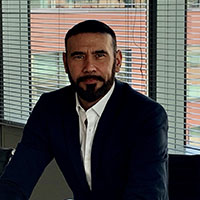CCUS has had a chequered history. Despite being available for decades, there are still fewer than 30 commercial operational projects worldwide. Progress has been held back by a combination of high costs, technology issues and critically a lack of supportive regulatory frameworks. So what has changed?
In this report, DWF's energy team explain why a wide range of interested parties from oil and gas companies to infrastructure investors, asset managers, and pension funds should move now to invest.
We consider:
- How deep, large-scale storage will overtake enhanced oil recovery (EOR) as the primary destination for captured CO2 by 2030;
- What is behind the growth of the cluster model of large combined projects, bringing together multiple emitters and storage sites using shared infrastructure;
- How regulation and incentives are being used to address key hurdles to investment and potential barriers to entry;
- How cross-border partnerships and agreements can pave the way for international CO2 transport and storage as a service;
- The role of statutes (law, fiscal regimes, and regulation) and regulator responsibility (liabilities, co-funding) will become the most effective way to address and mitigate challenges across the CCUS project value chain.

















